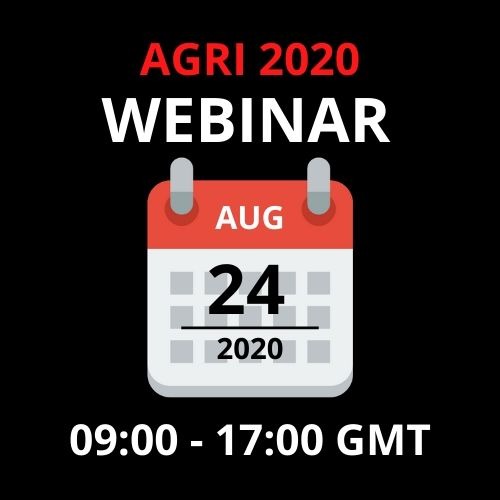Karuppanchetty Somasundaram
Ernst and Young LLP, India
Title: Creating Drip to Market Agro Corridor (DMAC) for reducing water footprints in agriculture and double Farmers’ income through innovative agro marketing model: An analysis on one the World’s Largest Drip Irrigation Project at Ramthal Marol, Karnataka, India
Biography
Biography: Karuppanchetty Somasundaram
Abstract
This paper presents a successful model of micro irrigation with an inbuilt institutional mechanism that ensures knowledge transfer, agronomical support, access to quality inputs and high value market to farmers in arid and semi-arid regions.
The model is being implemented at one of the World’s Largest Drip Irrigation Site in Bagalkot district of Karnataka1. It is potentially irrigating 24,000 hectares and benefiting 15,000 farmers. Krishna Bhagya Jal Nigam Limited (KBJNL), one of the Water Corporation of Government of Karnataka conducted a feasibility study on adopting Drip Irrigation and the findings revealed that due to high water use efficiency (WUE) in Drip Irrigation System 12571 Ha can now be irrigated with only 1.43 TMC of water thus saving 1.34TMC of water. The saved water of 1.34 TMC had the potential to double the total irrigated area. This has cut down the cost of future irrigation for KBJNL and helped farmers in almost halving their irrigation cost and labour cost.
In addition, Farmers are organised under Water User Associations’, a community collective that drives the project and trained and equipped as a seller institution to promote collective marketing. Aggregation through Water User Associations enables farmers to directly trade with big buyers eliminating the middlemen thus accruing appreciated price for their produce. Water User Associations are registered as Cooperative Societies and the project envisions creating independent groups in the longer run, which will have the potential to drive larger socio-economic transformation for the region.

